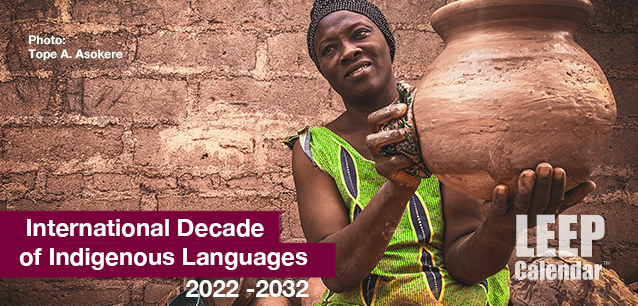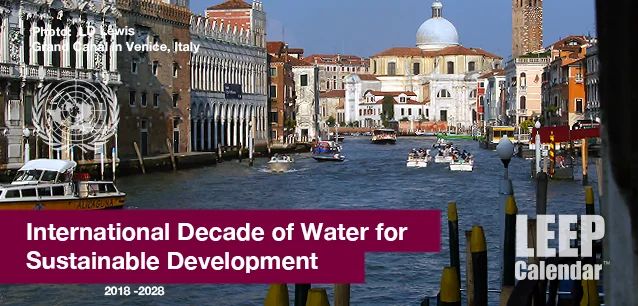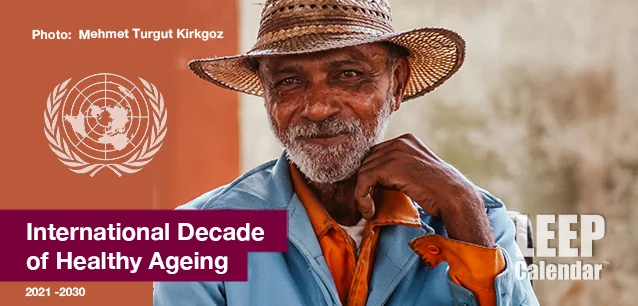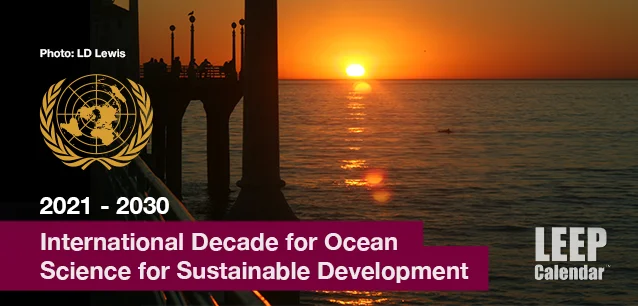 AD
AD
Today is: July 23
Scroll to explore events active on this date.
Additional Events on LEEP
LEEP INK FEATURES

May Blooms: Events in May 2025
Along with October, May is one of the most densely packed months of the year. It's before the summer humidity and the last whole month of the school year. The weather is warming in t...

Sweet June 2025
The solstice on the 20th marks the onset of summer (Northern Hemisphere) or winter (Southern Hemisphere). Many people, particularly in Europe, North America and Asia, will be embarking o...

Events in April 2025
Spring has sprung in the north, and the first hints of Autumn are on the horizon in the south. April is the month spring (or fall) gets underway, and it is filled with religious celebrations, including the Mu...
About World Blood Donor Day
Ends: Jun 14, 2023
DESCRIPTION:
World Blood Donor Day has been observed annually since 2004. Voluntary, unpaid blood donations must be increased rapidly in more than half the world’s countries to ensure a reliable supply of safe blood for patients whose lives depend on it.
“Although we have many external differences, the same vital blood pumps through all our veins,” said Dr. Margaret Chan, WHO Director-General. “Voluntary, unpaid blood donation is the act of giving life – the greatest gift any person can give or receive.”
About 108 million blood donations are collected globally every year. Nearly 50% of these blood donations are collected in high-income countries, home to less than 20% of the world’s population. The average blood donation rate is more than nine times greater in high-income and low-income countries.
However, in many countries, demand exceeds supply, and blood services face the challenge of making sufficient blood available while ensuring its quality and safety. An adequate supply can only be assured through regular donations by voluntary, unpaid blood donors.
Regular voluntary unpaid blood donors are the foundation of a safe blood supply because they are associated with low levels of infection that transfusions, including HIV and hepatitis viruses, can transmit. Around the world, 25 countries cannot screen all donated blood for one or more of these infections due to irregular supply of test kits, staff shortages, poor quality test kits, or lack of quality in laboratories.
WHO encourages all countries to establish blood services based on voluntary non-remunerated blood donations. Today, only 62 countries get nearly 100 percent of their national blood supplies from voluntary unpaid blood donations, with 34 countries still dependent on family donors and even paid donors for more than 75 percent of their blood supply.
Blood can be used whole or separated into its parts, such as red blood cells, platelets, plasma, and other “substances” that can be used to treat a wide range of diseases. A single unit of blood can benefit several patients.
Transfusions of blood and blood products help save millions of lives every year, including during emergencies such as conflicts, natural disasters, and childbirth. It can help patients suffering from life-threatening conditions live longer and with a higher quality of life and supports complex medical and surgical procedures.
“Voluntary blood donors come from all walks of life, but they have one thing in common: they put others before themselves — people they don’t even know,” said Dr. Ed Kelley, Director of the Department of Service Delivery and Safety at WHO. “Each time they donate blood, they commit an act of selfless heroism.”
World Blood Donor Day’s objective is to improve the safety and adequacy of national blood supplies by promoting a substantial increase in the number of safe, voluntary, unpaid donors who give blood regularly.
VIDEOS
Currently, this event does not have supporting videos.
SUPPORTING DOCUMENTS
Currently, this event does not have supporting documents.
ADDITIONAL IMAGES
Currently, this event does not have supporting images.
Where would you like to go now?
 AD
AD































































/footer-logo.svg)
